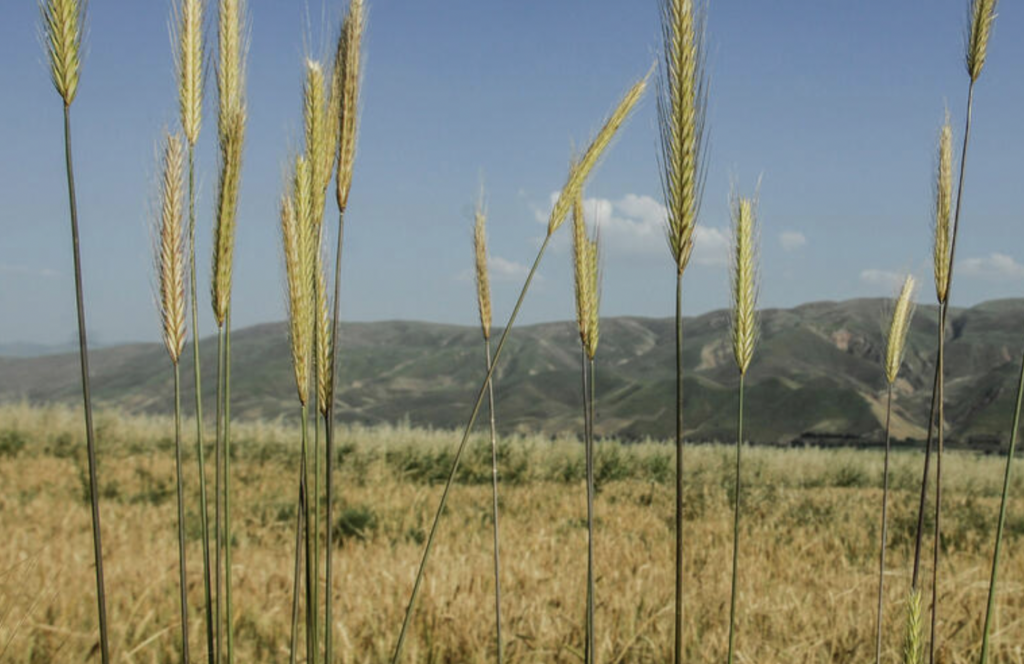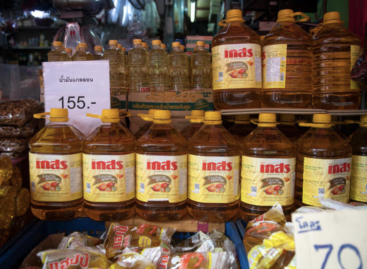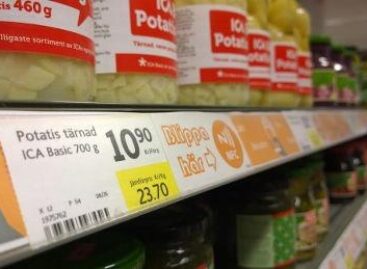FAO Food Price Index declines further in February
The benchmark for world food commodity prices declined for the seventh consecutive month in February, as lower international quotations for all major cereals more than offset rising prices of sugar and meat, the Food and Agriculture Organization of the United Nations (FAO) reported Friday.

The FAO Food Price Index, which tracks monthly changes in the international prices of a set of globally-traded food commodities, averaged 117.3 points in February, down 0.7 percent from January and 10.5 percent from the same month a year ago.
The FAO Cereal Price Index decreased by 5.0 percent in February to reach a level 22.4 percent below that of February 2023. Maize export prices dropped the most amid expectations of large harvests in South America and competitive prices offered by Ukraine, while international wheat prices declined mostly due to a strong export pace from the Russian Federation. International rice prices also declined, by 1.6 percent in February.
The FAO Vegetable Oil Price Index decreased by 1.3 percent from January to stand 11 percent below its February 2023 value. International soyoil prices dropped markedly, underpinned by prospects of abundant soybean outputs in South America, while ample global export availabilities of sunflower and rapeseed oils pushed their prices down. World palm oil prices rose marginally in February due to seasonally lower production.
The FAO Sugar Price Index, by contrast, rose 3.2 percent in February. The increase reflected persistent concerns over Brazil’s upcoming output after a prolonged period of below-average rainfall as well as forecast production declines in Thailand and India, two leading exporting countries.
The FAO Meat Price Index rose by 1.8 percent from January, with poultry meat quotations rising the most, followed by those for bovine meat, impacted by heavy rains disrupting cattle transportation in Australia. Pig meat prices also rose slightly due to higher demand from China and a tight supply situation in Western Europe. International ovine meat prices declined due in part to record-breaking production following flock rebuilding in Australia.
The FAO Dairy Price Index increased by 1.1 percent, led by higher import demand from Asian buyers for butter. Prices of milk powders and cheese also rose marginally.
More details are available here.
New forecasts for global cereals
FAO also released a new Cereal Supply and Demand Brief, slightly raising its forecast for the world total cereal production in 2023 to 2 840 million tonnes and offering a number of new projections.
Global cereal utilization in 2023/24 is now forecast at 2 823 million tonnes, an increase of 1.1 percent from the previous year due mostly to increased use of maize and wheat for livestock feed. Global cereal stocks are expected to increase, due entirely to coarse grains, with the global cereal stocks-to-use ratio foreseen ending the year at a “comfortable” 31.1 percent level, up from 30.9 percent. World trade in cereals is predicted to increase by 1.3 percent from the previous year, buoyed by an improved outlook for maize exports by Ukraine and stronger demand from China.
FAO also released its preliminary forecast for global wheat production in 2024, pegging it at 797 million tonnes, a 1.0 percent increase from 2023. Lower wheat prices have elicited a 6 percent year-on-year decline in winter wheat planting in the United States of America, where outputs may nonetheless rise due to strong yield prospects. Favourable weather conditions are also propping up expectations of increased 2024 wheat production in the Russian Federation, an export powerhouse, as well as above-average outputs in China, India and the Islamic Republic of Iran.
More details are available here.
Conflicts push acute food insecurity higher
Conflicts and adverse weather are exacerbating hunger in the 45 countries around the world assessed to need external assistance for food, according to the latest Crop Prospects and Food Situation report, a triannual publication by FAO’s Global Information and Early Warning System (GIEWS) also published today.
“Conflicts in Near East Asia and in West and East Africa are driving alarmingly high levels of the most severe phase of acute food insecurity,” the report said, with very high concerns for the situation of the entire population of the Gaza Strip in Palestine. Widespread dry weather conditions are expected to aggravate food insecurity in Southern Africa.
Although aggregate cereal production is expected to grow modestly in 2024 among the 44 Low-Income Food Deficit Countries, low outputs gathered in 2023 and tightening inventories have pushed up import needs for several sub-Saharan countries.
Harvesting of 2024 cereal crops will begin in April in Southern Africa, where widespread and prolonged rainfall deficits associated with the El Niño weather phenomenon have sharply curtailed production prospects. Key cropping zones in Malawi, Mozambique, Zambia and Zimbabwe received less than 80 percent of average rainfall since last November, pointing to an increased need for cereal imports by these countries in the forthcoming 2024/2025 marketing year.
Related news
FAO food price index rose slightly in June due to higher prices of meat, dairy products and vegetable oils
The Food and Agriculture Organization of the United Nations (FAO)…
Read more >Fiatalok az agrár-élelmezési szektorban a FAO kutatása szerint
The Food and Agriculture Organization of the United Nations (FAO)…
Read more >Greek Supermarkets Beat European Rivals On Price
Greek supermarkets offer a more affordable average household basket, compared…
Read more >Related news
Corporate leaders’ commitment to sustainability at record level
According to the latest data from the K&H Sustainability Index,…
Read more >FAO food price index rose slightly in June due to higher prices of meat, dairy products and vegetable oils
The Food and Agriculture Organization of the United Nations (FAO)…
Read more >What can cause the price of a wine to increase tenfold?
There are fewer of them worldwide than the number of…
Read more >





